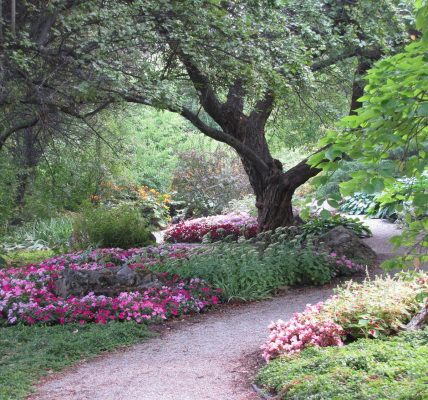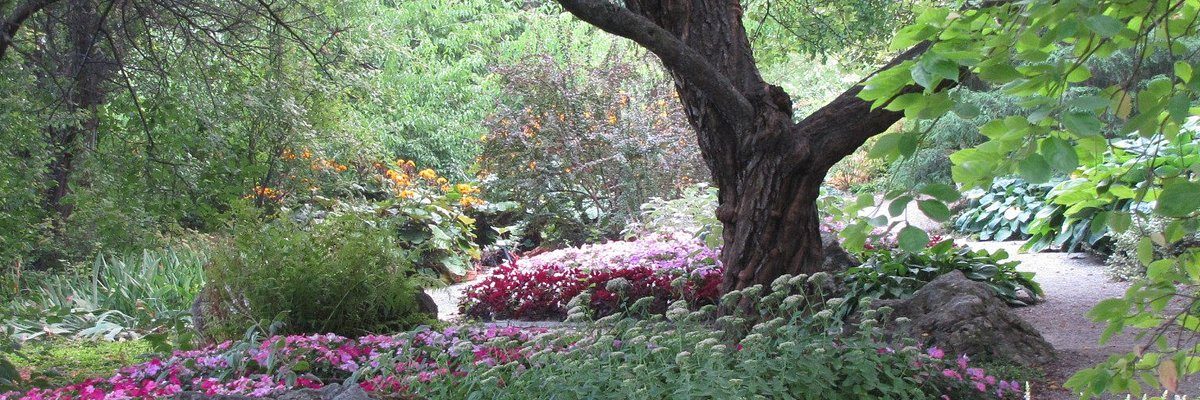Nestled in serene landscapes, the tea garden stands as a testament to the art of cultivation and the pursuit of tranquility. This exploration invites us to wander through the lush rows of tea plants, breathe in the fragrant air, and discover the profound sense of peace that unfolds in the embrace of nature’s beauty within the tea garden.
The Serenity of Tea Plants:
Rows of tea plants, with their vibrant green leaves, stretch across the landscape like a sea of emerald waves. Each plant, meticulously tended to by skilled hands, carries the promise of the delicate leaves that will become the essence of tea. As we meander through the orderly rows, the sight of tea plants fosters a sense of tranquility, grounding us in the simplicity and elegance of nature’s design.
Cultivation as Meditation:
The art of cultivating tea is more than a process; it is a form of meditation. From the careful plucking of leaves to the precise nurturing of the plants, each step is an opportunity to connect with the rhythm of nature. In the quietude of the tea garden, the act of cultivation becomes a mindful practice, inviting those engaged in it to find a sense of calmness in the present moment.
Harmony with Nature’s Elements:
Tea gardens are designed to harmonize with the natural elements that surround them. Shaded by canopies of trees, the tea plants are shielded from harsh sunlight, creating a gentle, diffused light that adds to the overall sense of tranquility. The soft rustle of leaves, the murmur of a nearby stream, and the occasional song of birds contribute to the symphony of nature that envelops the tea garden.
Tea Houses: Architectural Zen
Within the tea garden, traditional tea houses stand as architectural embodiments of Zen philosophy. Simple in design, these structures blend seamlessly with the natural surroundings. The use of wood, bamboo, and tatami mats creates an atmosphere of simplicity and understated elegance. Tea houses become places of refuge, where visitors can experience the quiet beauty of the garden while savoring the meditative ritual of tea preparation and consumption.
Contemplative Paths and Stone Arrangements:
The layout of a tea garden is purposeful, guiding visitors along contemplative paths that wind through the landscape. Stone arrangements, carefully placed along these paths, symbolize both the impermanence of life and the enduring strength found in nature. As we walk along these stone-lined trails, we are encouraged to reflect on the transient beauty of the world around us.
Tea Ceremonies: Rituals of Connection
In the heart of the tea garden, traditional tea ceremonies unfold, embodying the principles of harmony, respect, purity, and tranquility. These rituals create a communal experience that goes beyond the consumption of tea; they foster a shared sense of connection with nature and with each other. The tea ceremony becomes a moment of stillness in which participants can collectively appreciate the beauty of the tea garden.
Conclusion:
In the tranquil expanse of the tea garden, where nature and culture intertwine, visitors are invited to find solace and peace. The artful cultivation of tea plants, the architectural simplicity of tea houses, and the contemplative design of paths all contribute to an environment that encourages mindfulness and connection. As we immerse ourselves in the beauty of the tea garden, we discover that true tranquility is not merely found; it is cultivated and nurtured, much like the leaves that will one day become the brew in our teacups.






